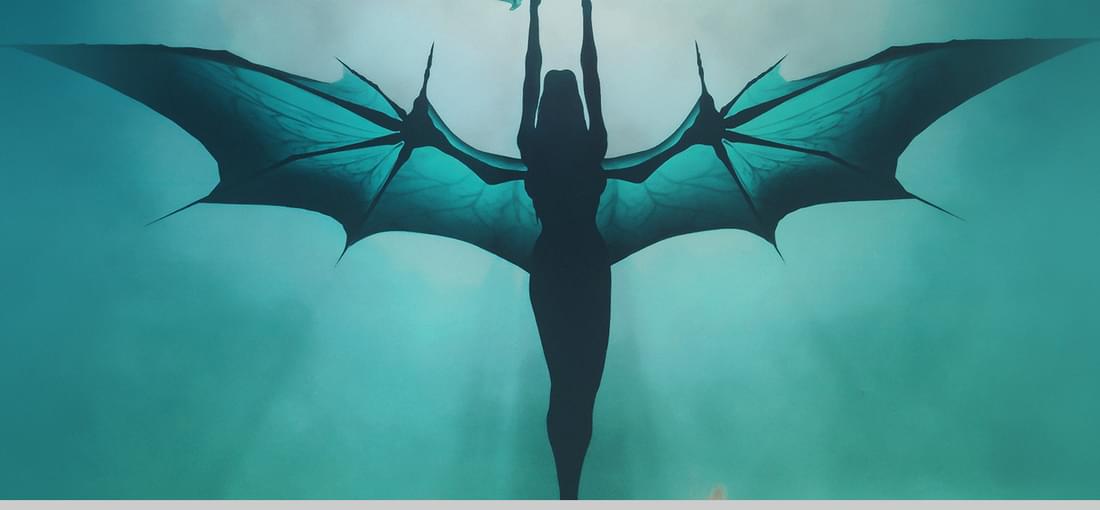

This is tricky, since I have to apply one score to two games, and I would rate them differently (3 stars for Ys 1 and 4 for Ys 2). I speak as a newcomer to the Ys series. I just finished beating both games for my second time, and have only played them for about a week. THE GOOD: These games have a very interesting combat system--a holdover from their original release, since they were made a long, LONG time ago. You attack by running into the enemies, and whether or not you take damage in return is based on whether or not you run into them head-on or slightly off center. In concept, it sounds rather boring, but in practice it actually makes for a fast and refreshingly simple experience, where the difficulty comes not from difficult enemy design, but from enemy formations and terrain, which often restricts your movement and makes it hard to hit the enemies off center. The story, while nothing spectacular, is still pretty decent, and has some decent twists (especially in the second game). All-in-all, the shorter length of these games, along with their simplicity, make for a set of games that are very easy to pick up and play. THE BAD: These games suffers from Cryptic Game Syndrome (CGS) as I like to call it. There are a few times in the games where you are required to do something that nothing appears to hint at, and makes no sense in context. Potential spoiler here: there's a light spell that reveals hidden doors and makes it easier to see in the dark in the second game, but it never makes an invisible item visible until nearly the end of the game, where you are required to use it. Moments like that left me stumped for long periods of time, and I actually had to look up help online a few times. The first game is somewhat worse about this than the second, ESPECIALLY the final boss. This is why I rate it lower. Still, both games were otherwise VERY fun to play, and I highly recommend them. These are games I will probably return to multiple times.

First, the good: This is an intense dungeon crawler with some excellent level design. Unlike Daggerfall, the dungeon levels aren't frustratingly huge or difficult to navigate, and unlike Arena, you can find clues for the riddles and passwords hidden throughout the levels where they are needed. If you are an enthusiast for this sort of level design and don't mind the frustrating flaws, you might find this game enjoyable. The bad: First of all, there's no resting option. Combine this with a complete lack of natural regeneration, and limited healing potions, and you'll be starving for health throughout the entire game. Your only salvation are these tiny blue crystals which fully heal you, and respawn after a short time. However, starting as early as level two, you'll find yourself backtracking to these crystals, sometimes after every battle, and this starts to become tedious. Even if you start with a healing spell, you'll still starve for mana (which also doesn't regenerate), and you'll still have to backtrack to crystals to restore that, too. Also, the game is unbalanced. It seems like any build that isn't a mage or an archer is severely underpowered. At the very least, with level 70 Long Blades and 89 Strength, the common enemies in level 4 are so difficult I find myself constantly needing to switch to my bow instead. I am more effective with level 32 missile skill and 50 agility than I am with my Long Blades--something isn't right here. Lastly, the game boots back to DOS every time you die. This means that every time you die, you need to wait through the boot-up sequence, followed by a load time, and then you need to load your save, which involves another load time, and while it doesn't take too long, it becomes tedious when you begin to die around 10 times in one room. If you think the good level design makes up for these problems, then by all means, you may find enjoyment where I did not. But for the rest of you, I'd recommend Daggerfall instead.